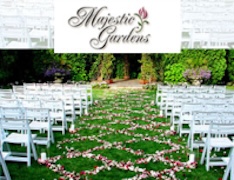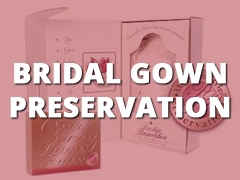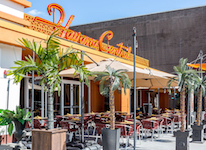Designing a wedding seating chart can feel like solving a giant puzzle—one that balances personalities, relationships, and logistics to ensure a smooth and enjoyable event. Whether you're planning a formal sit-down dinner or a more relaxed reception, a well-thought-out seating plan helps your guests feel comfortable and keeps the celebration flowing. Here are some expert tips to create a fun and functional seating chart for your big day.
1. Start with Your Guest List
Before diving into seating arrangements, ensure your guest list is finalized. Knowing your confirmed RSVPs will help you determine table sizes, seating capacities, and how to distribute guests efficiently.
2. Consider Your Venue Layout
Take note of the venue’s floor plan, including where key areas like the dance floor, bar, and restrooms are located. Keep high-energy guests closer to the action and seat older relatives or those who prefer a quieter setting in more relaxed areas.
3. Assign Tables, Not Seats (If Possible)
For a more flexible and stress-free experience, assign guests to tables rather than specific seats. This allows them to choose where they sit while still maintaining structure and organization.
4. Group Guests by Connection
Seating guests based on common interests or relationships fosters better conversations and a lively atmosphere. Consider grouping:
Family members who get along well
Friends from different social circles
Coworkers who will appreciate familiar company
Singles near other singles (if appropriate)
5. Be Mindful of Guest Dynamics
Avoid potential conflicts by keeping feuding family members or exes at separate tables. If you're unsure, ask close relatives or friends for advice on tricky situations.
6. Create a Special Head Table or Sweetheart Table
Decide whether you want a traditional head table with your wedding party or a sweetheart table for the two of you. If including your wedding party, consider mixing in their plus-ones for a more comfortable experience.
7. Consider a Kid-Friendly Section
If children attend, create a dedicated kids' table with activities, coloring books, or small treats to entertain them. Alternatively, if they're younger, seat them with their parents.
8. Make Your Seating Chart Easy to Read
A beautifully designed seating chart should be clear and accessible. Display it near the reception's entrance and organize it alphabetically or by table number to help guests find their seats quickly.
9. Get Creative with Your Seating Display
Instead of a traditional printed board, consider unique options like:
Escort cards with guests’ names and table numbers
A large mirror or chalkboard with handwritten calligraphy
A themed seating chart that reflects your wedding style
10. Have a Backup Plan
Be prepared for last-minute changes, such as unexpected plus-ones or guests who don’t attend. Have a few extra seats available, and keep a digital version of your seating chart for easy adjustments.
A well-planned seating chart enhances the guest experience and ensures a seamless reception. By balancing fun, function, and thoughtful placement, you can create a welcoming atmosphere where everyone enjoys celebrating your special day!
Photo Credit: Long Island Wedding Boutique






















